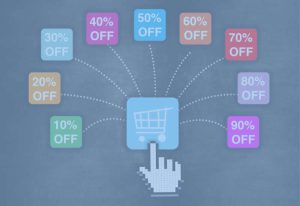
The sales cycle refers to the process of selling a product or service from the initial contact with a potential customer to closing the deal. Every business has its own unique sales cycle, but there are common stages that most sales cycles share. In this article, we will explore the 7 stages of a sales cycle and how Sales CRM and sales tracking can help businesses improve their sales process.
1. Prospecting
This stage involves identifying potential customers and gathering information about them. Prospecting can be done through various methods, such as cold calling, email marketing, or social media outreach.
2. Qualifying
Once potential customers have been identified, the next stage is to determine if they are a good fit for your product or service. This involves asking questions to assess their needs and whether your offering can meet those needs.
3. Needs Assessment
In this stage, you need to understand the customer’s requirements and challenges. You should gather information about their current processes, challenges, goals, and objectives to identify what problems your product or service can solve.
4. Presentation
In the presentation stage, you demonstrate how your product or service can meet the needs of the customer. You should focus on the features and benefits of your offering and how it can solve the customer’s problems.
5. Handling Objections
It’s common for customers to have objections or concerns that need to be addressed before they make a purchase. This stage involves listening to their concerns and addressing them to alleviate any doubts they may have.
6. Closing
Once objections have been handled, the sales representative should ask for the sale. This stage involves negotiating the terms of the deal and finalizing the contract.
7. Follow-Up
After the sale is closed, it’s important to follow up with the customer to ensure their satisfaction and address any issues that may arise. This stage can also be an opportunity to upsell or cross-sell other products or services.
To manage and track the progress of the sales cycle, businesses can use Sales CRM software. Sales CRM allows you to automate and streamline the sales process, from lead generation to deal closing. It also provides sales tracking tools to monitor the progress of each stage of the sales cycle and identify areas for improvement.
In conclusion, the sales cycle is a crucial process that requires careful management and tracking. By implementing Sales CRM and sales tracking tools, businesses can improve their sales process and increase their chances of success.
Check out our CRM system that will help you increase your sales.
Follow our Facebook for more information.




